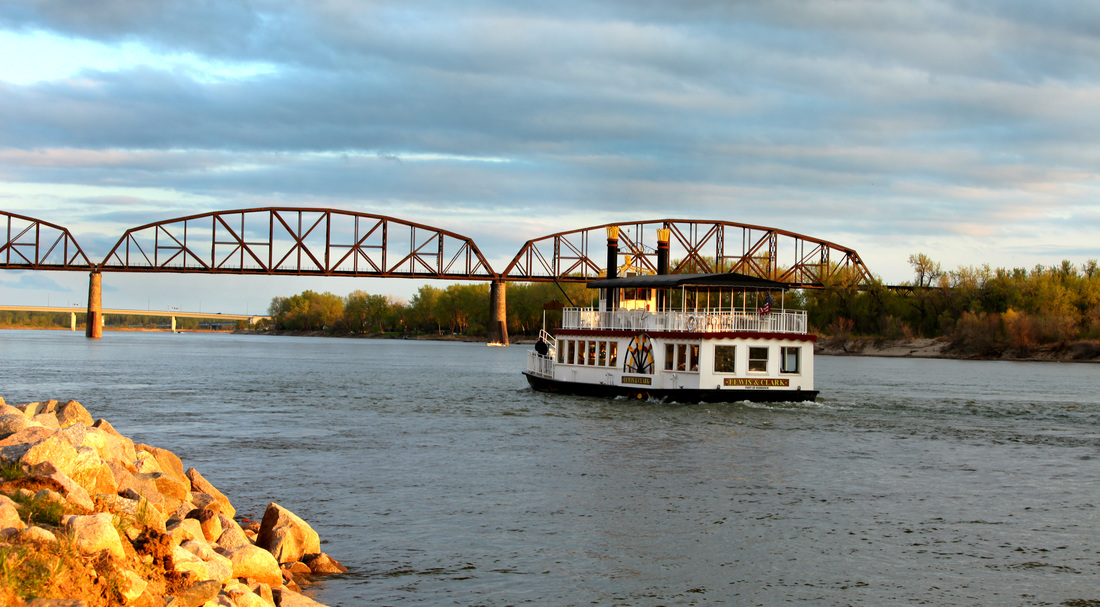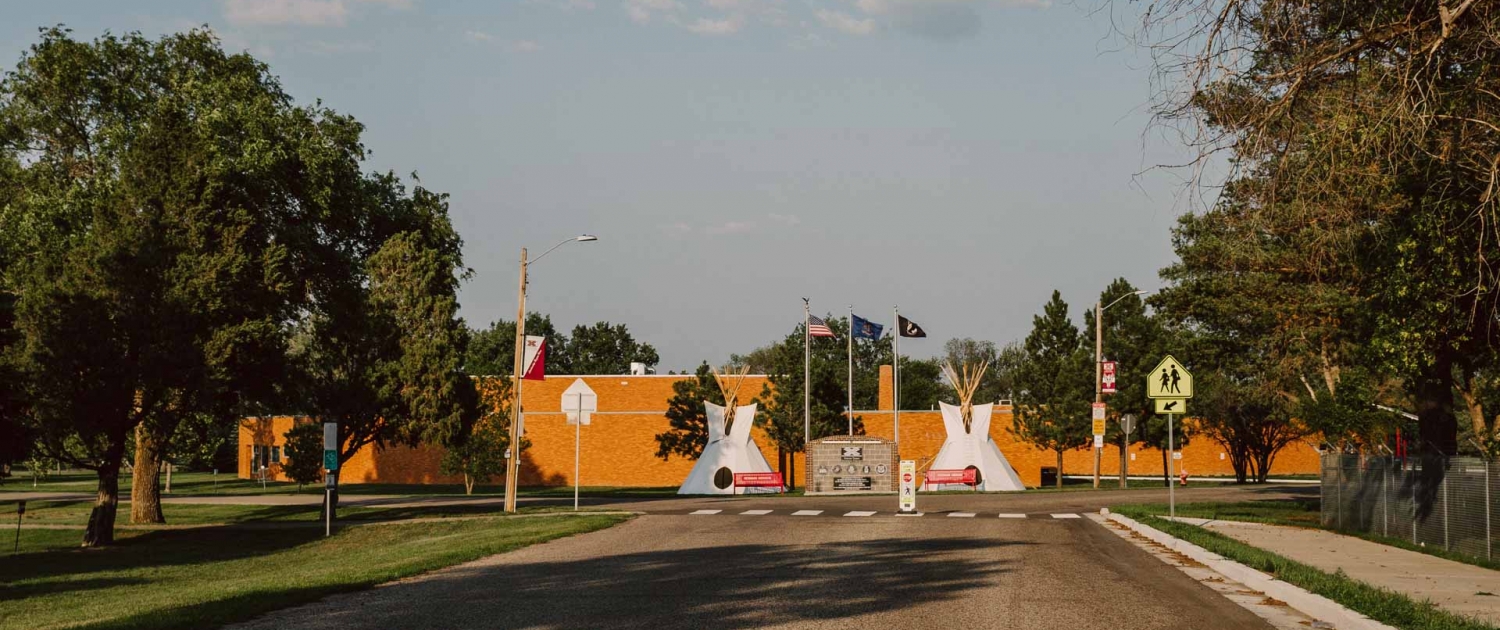In October 2025, Bismarck residents are grappling with two pressing environmental threats: residual harmful algal blooms in area waters and intermittent wildfire smoke drifting in from surrounding regions. Local health officials and state agencies warn that these hazards could affect air and water quality, especially for vulnerable populations.
Though the Department of Environmental Quality (NDDEQ) has officially ended monitoring for harmful algal blooms this season, the risk hasn’t fully passed.
Earlier in the summer, NDDEQ had cautioned that nutrient runoff from agricultural lands could fuel toxic cyanobacteria blooms in ponds, lakes, and rivers across North Dakota—including the Bismarck area.
These blooms can release cyanotoxins that pose a hazard to humans, pets, and livestock. NDDEQ advisories have urged residents: “when in doubt, stay out” of water that looks or smells bad.
Even though active monitoring has ceased for the season, experts advise local communities near the Missouri River and surrounding reservoirs to remain vigilant through fall, especially if rainfall or runoff conditions change.
Across North Dakota, October’s dry conditions and occasional wind shifts have allowed wildfire smoke plumes to drift into central regions—Bismarck included.
While summer’s wildfire smoke warnings are more publicized, fall episodes are still possible as distant fires persist. Local health agencies are reminding residents to consult the Air Quality Index (AQI) before outdoor activities—especially those with respiratory conditions.
“We’re no longer actively tracking algae sites this late in the season, but residents should still avoid suspicious-looking water,” said Lisa Peterson, NDDEQ Water Quality Specialist.
If you use local ponds, tributaries, or reservoirs around Bismarck, inspect for scum, paint-like sheen, or foul odors before swimming or letting pets drink. Use HEPA filters indoors, especially on smoky days. Keep windows closed when AQI worsens. Monitor NDDEQ updates and local health alerts. Search terms like Bismarck water quality, algal bloom ND, or Bismarck air quality will surface timely local advisories.
Contact NDDEQ or city environmental services if you spot suspicious algae or odor in local waters.
In a related development, the EPA recently awarded over $1 million to North Dakota agencies—including nearly $500,000 to NDDEQ—for programs aimed at air, water, and land protection. This funding may bolster local efforts in Bismarck to monitor pollutants, manage runoff, and improve environmental resilience.
Earlier in September, NDDEQ also allocated $2.8 million in grants for projects across the state to mitigate nonpoint source pollution (e.g. agricultural runoff) that contributes to algal bloom risks. Some of these projects may benefit watersheds upstream of Bismarck.
While active monitoring may wind down, environmental threats don’t always follow the calendar. In October 2025, Bismarck faces a combination of water and air hazards that demand public attention. Protect your health, your family, and your pets by staying informed, avoiding suspect waters, and acting cautiously on smoky days.


